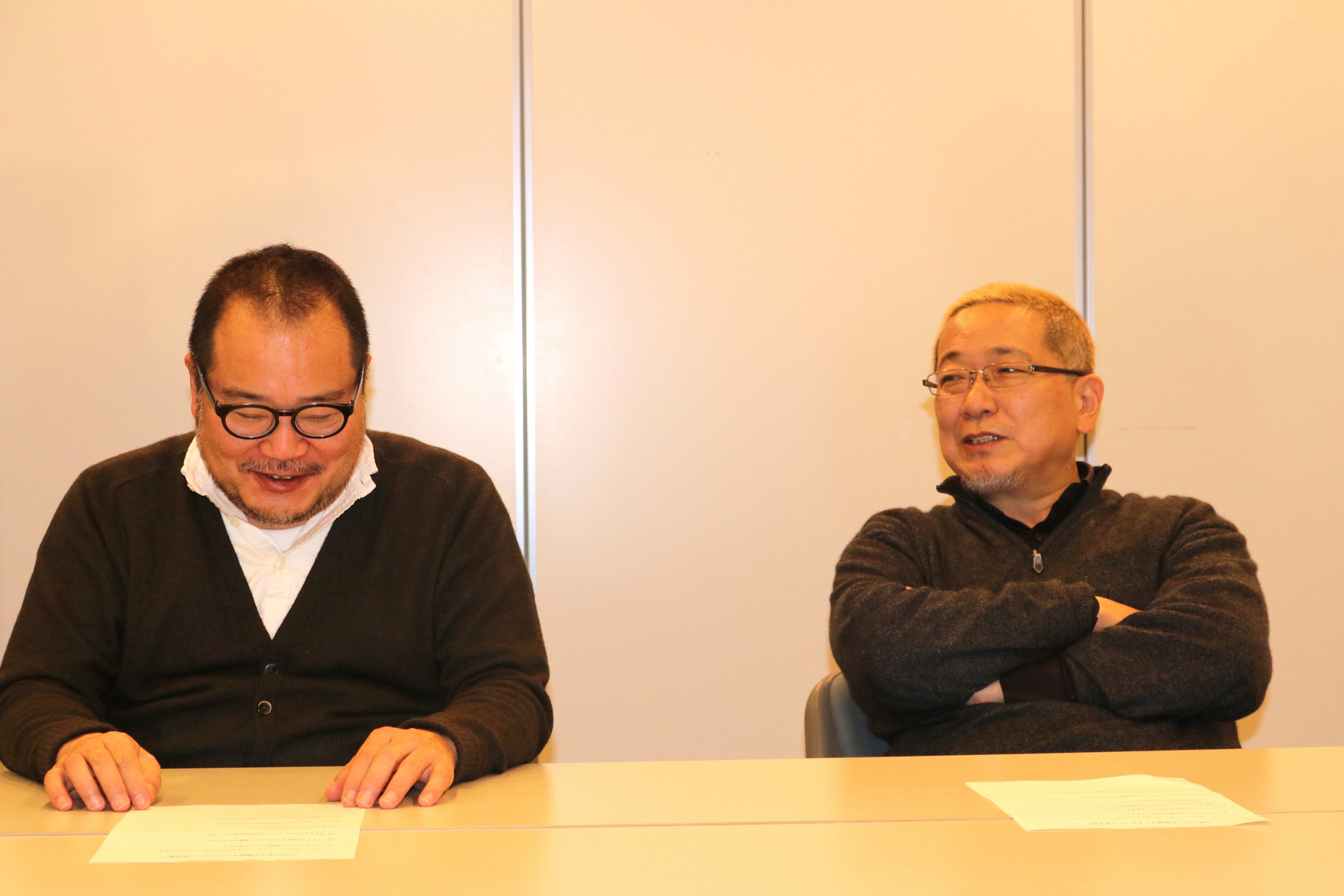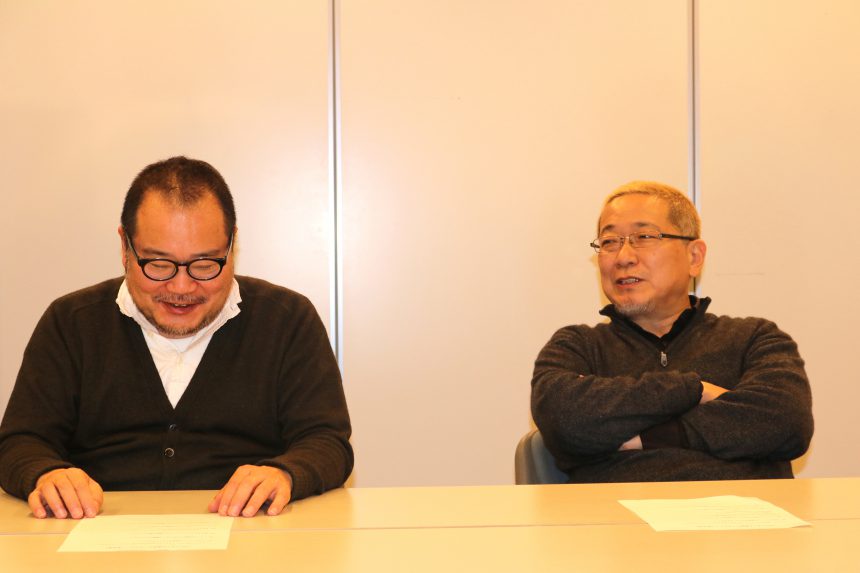
Tokyo University of the Arts, Department of Design
Matsushita meterteacher
Keiichiro Fujisakiteacher
Introduced in the school collaboration project,Free magazine "MOZ"However, the main instructors for the students are Professor Matsushita and Professor Fujisaki from Tokyo University of the Arts.
Today we bring you an interview with these two!
Q. What kind of classes do you teach?
Mr. Matsushita
My graduate school is a visual communication lab, but I teach basic design concepts to undergraduate students. You could say it's the foundation before branching out into specialized genres. I devote my graduate students to my area of expertise, visual communication.
Because the number of students at Tokyo University of the Arts is small, all faculty members teach all undergraduate students, and once students become graduate students, they are divided into specialized fields within professors' laboratories.
Professor Fujisaki
One of the classes in my faculty is called "research."
This time, the assignment was "Arakawa River and Sumida River System." Although a theme is given, the output is free. Most of the assignments at Tokyo University of the Arts are not poster or product assignments, but rather require students to think of their own output based on the theme.
Mr. Matsushita
It's what we call media-free!
Professor Fujisaki
"Research" is a sneaky assignment (lol), so we'll also have you research how to make it!
However, when it comes to design, it's very important to research how things are made. After all, no one knows if what they learn now will still be relevant 20 years from now. To raise children who will still be successful 20 years from now, I think it's important to help them figure out how to make things on their own.
Q. The moment when the font's sensitivity was turned on
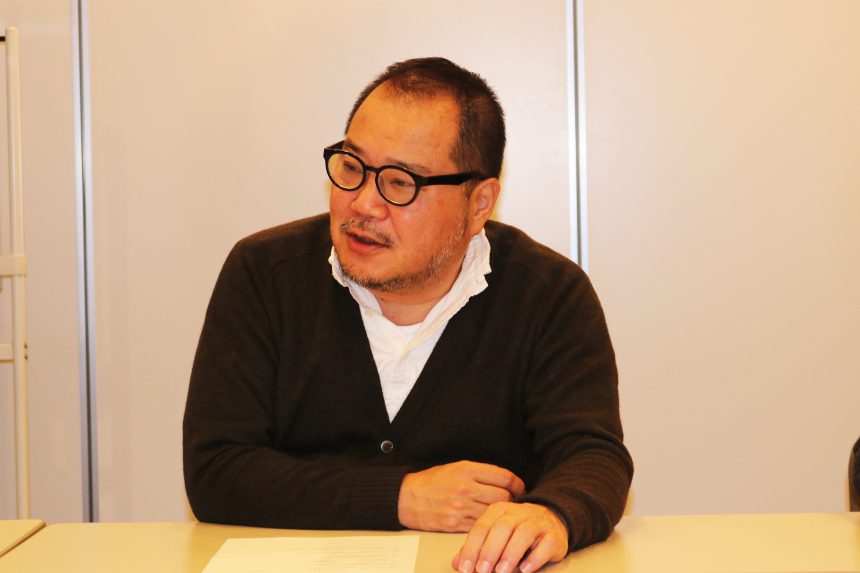
Mr. Matsushita
It was after I became a graduate student.
In a word, the adults around me told me, "It's delicious, so try it!" At the time, my teachers were Makoto Matsunaga, Shigeo Fukuda, and Koichi Sato, all of whom were experts in using typefaces.One time, I saw a poster in Matsunaga's yearbook and I didn't know what font size it was or how it was composed, so I enlarged it to B1 size and measured the font size over and over again.That's when I thought to myself:
"Ah, I can't beat Matsunaga Makoto."
They really do a lot of detailed work with typefaces. Packing and mixing... I was disappointed when I saw the high level of skill, but that time wasn't wasted, and I was able to see that in one of Sugiura Kohei's works, seven typefaces were mixed together... and it helped me to develop my eye.
Graduate school was the environment that allowed me to be “ON.”
Professor Fujisaki
It started when I started working on editing "Design Site."
When I was majoring in German at Sophia University, I didn't even know there were so many different types of typefaces.
Art director Nobuo Nakagaki (hereafter referred to as Nakagaki-san) specified that we use Moriyama typesetters in Yotsuya for the headlines and Toppan Printing for the main text, and I developed my eye for these sites. I still vividly remember the on-site proofreading at Toppan Printing in particular.
On-site proofreading is the last opportunity to make corrections to the text. But because it's the last opportunity, there are no typesetters available. So we have to fix the text ourselves by hand. This is called surgery.
I kept the typesetting from past issues in cookie tins, and when I made a mistake, I would find the letters in the tin and cut and paste them with tweezers. But when I did it, I was clumsy with my hands, and the letters ended up all messed up, and I realized how difficult the task of arranging letters is and how much care you have to take.
Q. What is your favorite Morisawa font and why?
Mr. Matsushita
Ryuminis.
When I'm in a pinch, I turn to Ryumin. When I was a budding designer, I didn't have much money, so I would carefully select a typeface from a typeface sample book and ask a typesetter to typeset it for me. However, sometimes my guess would turn out wrong, and the cost of the typesetting would go to waste, which would be disappointing.
It was a common occurrence that while making the plate, a single character would be dropped on the floor, and the entire staff would have to crawl around looking for the missing character.
I think that because I have gone through so much hardship, I have the feeling of touching the letters with my hands, and that's why the typeface has become ingrained in me. In that sense, Ryumin is something that has become ingrained in me.
Ryumin is calling me!That's how I feel.
Type BankTB GothicI also love TB Gothic, and often return to it after trying out many other typefaces.*When using phototypesetting or movable type, only the font, character spacing, line spacing, character spacing, and size are decided, and the number of lines is typed or composed as the situation dictates.
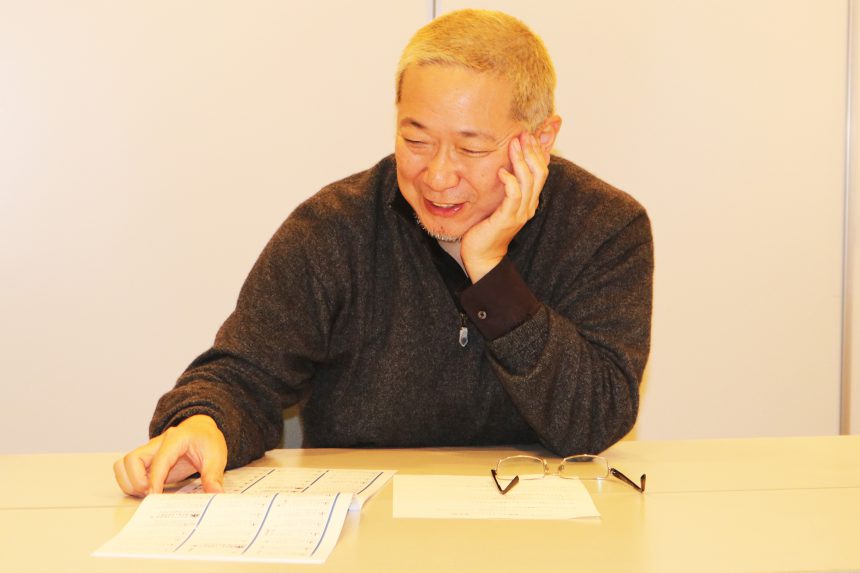
Professor Fujisaki
I'm an editor and don't create publications myself, so I leave it to the designers. I'm more confident than the students in terms of font size and typesetting, but I leave the typefaces to the designers.
Ah, butbambooI love it. I love Takeshita-san who made it (laughs).
Q. What do you think of the students at this school?
Mr. Matsushita
I think it's all mixed up, in both a good and bad way.
Recently, I've been thinking that freedom is difficult. That's why I try to impose restrictions and orders. Then, I can go and get freedom myself.
Professor Fujisaki
Certainly, it's all over the place.
Students in the Design Department at Tokyo University of the Arts come because they want to enter Tokyo University of the Arts, and some of them don't want to become designers. This makes it difficult to teach design. But this diversity is also a good thing and an attractive point.To be honest, there are so many attractive students that I'm thinking of working here until I retire at age 67.
I first became involved with this school when I was working part-time at Hosei University, producing a free paper called DAGODA together with Professor Matsushita.
At that time, I participated in a "waterfall seminar" for the first time. Then, we decided to make Nagashi Somen! As I watched, we cut down green bamboo from the mountains and started making Nagashi Somen from scratch. (laughs)
I remember being impressed, thinking, "Wow, these kids have mastered the art of being particular about everything from making materials and tools to the output."
None of the students said, "I can't make it because I don't have XX," so it felt more like working together than teaching them in class or on a project.
At MOZ, I come up with the theme for each issue. The students then think about it and come up with an answer, and I think about it too, striving to reach new heights. It's fun to work together on this project.
Q. The moment the switch turns "OFF"
Mr. Matsushita
When you've overcome a hurdle.
Generally, the mountains are close together, so food is the best way to instantly switch gears. After all, putting something into your body has an immediate effect.
Professor Fujisaki
You can sleep quite a bit, so sleep!
I've been swimming lately (almost every day) and when I move, my body and mind feel lighter and I can sleep better.A life that's a model for work style reform!
Q: What would you like to challenge yourself with in the future? What are you interested in?
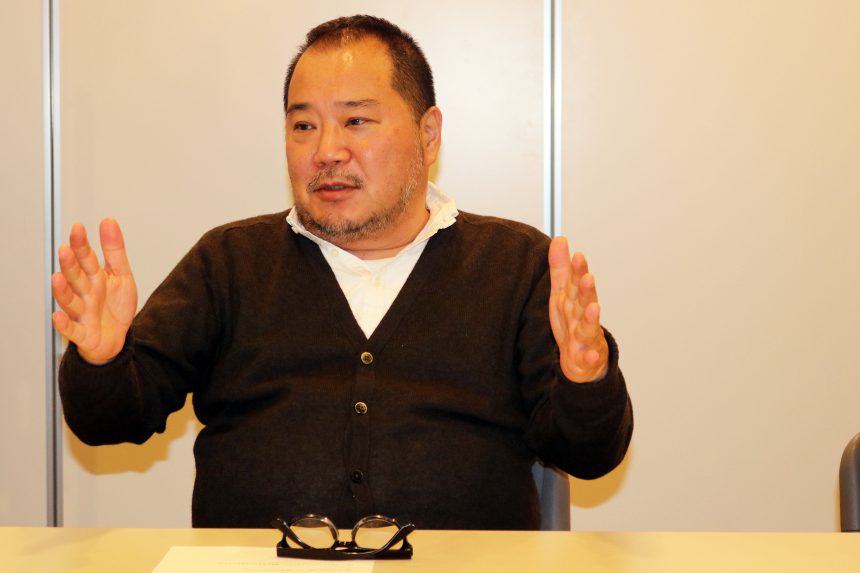
Mr. Matsushita
This marks my 10th year in office.
At first, I was searching for a reason to come here even if it meant cutting back on my own work, and I thought that since it was being funded by the government, it was to produce the highest level of human resources. However, over the past 10 years, I have come to realize that the level on the vertical axis is not something that can be taught, but something that you have to improve yourself.And now I believe that what I need to do is to expand the realm of horizontal design.
We do many projects with companies and local governments, but companies have to move into new markets while maintaining their existing value, but they are often afraid to take on new challenges. I believe that whether something works or not depends on sharing a vision, and I think that is the key role that Geidai plays.
It is my mission to take on that role.
Professor Fujisaki
Tokyo University of the Arts students have a wonderful attitude towards creating things and are expressive, but creativity is actually a different thing, and just because they are Tokyo University of the Arts students does not necessarily mean they have the power to create innovative value that will cause a paradigm shift.
But I think there is potential.
Art students who come to university because they love drawing and creating things have the ability to connect emotions with logic by being in tune with their physical sensations.
The theme is to bring out that potential.
I think that perhaps this requires critical thinking, and that the solution is to foster critical thinking.
Rather than introspective self-expression, I believe that by sensing the various contexts that flow through the world and connecting them with one's own personal context, that is, one's own experiences and physical sensations, it may be possible to express creativity that is powerful enough to change society.If that happens, I think designs from art universities and art colleges will become even more necessary!
They spoke about their passion for typography and the future of design. The MOZ presentation is also posted in the article, so please check it out!

